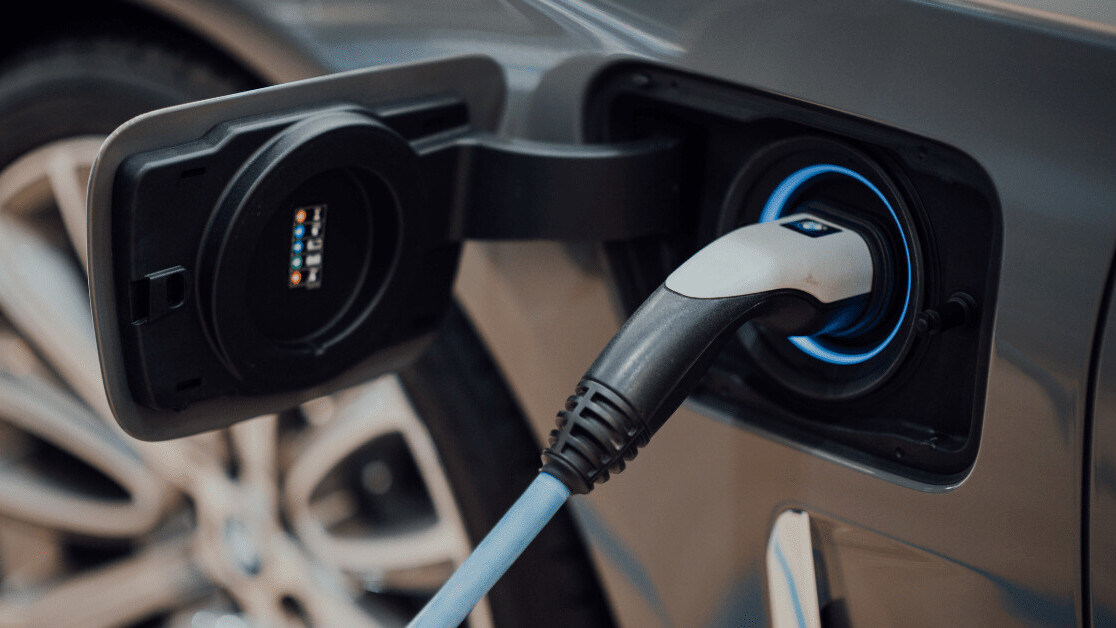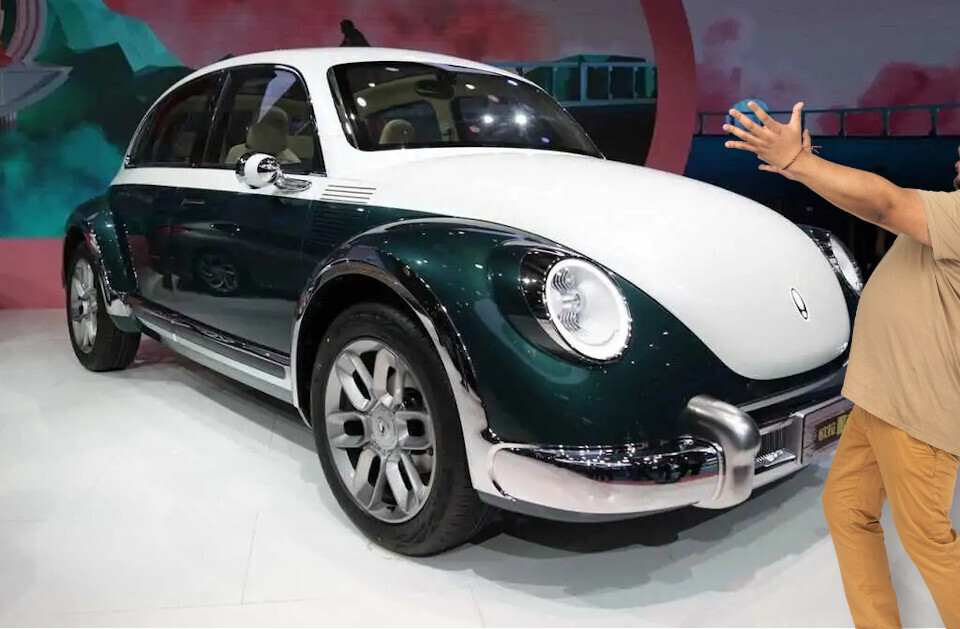When I assessed the likely impact of the current crisis on EV growth back in April, I anticipated Europe would benefit most. I predicted the USA would be negatively impacted — with the possible exception of California — whereas China would remain at pre-crisis levels, i.e. flat vs. 2018 and 2019.
I expected Europe to introduce incentives aimed at bolstering the automotive industry, with a focus on clean energy. Europe did just that and it had a significant impact on sales. Plug-in EV (battery EVs and plug-in hybrids) sales reached 7.2% of total EU car sales in Q2 2020, three times the penetration achieved for the same period last year. In an otherwise depressed market, France and Germany, the two largest vehicles markets in Europe, saw battery EV (BEV) sales jump respectively 82% and 21% y.o.y. for the period.
[Read: What audience intelligence data tells us about the 2020 US presidential election]
EV-focused incentives markedly increased in Europe
Incentives are impactful but they will not last. In France, private buyers of vehicles emitting less than 20 gr CO2/km and retailing for less than 45,000€ (~US$53k incl. tax) benefit from a 6,000€ incentive — it was 5,000€ before June 1. The bonus drops to 3,000€ in the 45,000-60,000€ price bracket. If this new clean vehicle replaces a vehicle first registered before 1997, then the 6,000€ becomes 11,000€!
In Germany, buyers of BEVs costing less than 40,000€ benefit from a 9,000€ grant vs. 6,000€ pre-crisis. It is worth noting that OEMs cover 3,000€ of this incentive. Italy also offers generous incentives amounting to 6,000€ for vehicle emitting less than 20 gr CO2/km, and 10,000€ if an older vehicle is scrapped, vs. 4,000€ and 6,000€ pre-crisis — OEMs also co-finance these incentives.
These generous incentives resulted in spikes in plug-in EV market share. It reached 13% in July in Germany and 10.5% in August in France (of which 5.4% were BEVs).
Across extended Europe (EU, UK, Norway, Switzerland, Iceland, Turkey), BEV and plug-in hybrids reached respectively 4% and 3.7% YTD for a total of 7.7%, up from 2.4% and 1.3% for 12 months 2019.
Europe passes China and takes the lead in plug-in EVs
Last year, China was ahead of Europe in plug-in EV sales with a 2:1 ratio. When volumes are increasing in Europe in an overall slumping market, they are decreasing in China vs. 2019. “New Energy Vehicles” (NEV) sales are down 33% YTD when the overall passenger vehicle market is down “only” 15%.
As a result, Europe passed China in plug-in EV volumes for the January-July 2020 period, with over 500k units. In China, this results in a market share drop from 5.2% in all of 2019 to 3.9% YTD. However, China still dominates in BEVs as PHEVs are less common. The plug-in EV market share dropped despite Beijing’s decision taken mid 2019 to extend incentives which were to expire at the end of last year.
As for the USA, unfortunately there is no regular compilation of EV sales data. However, based on a single significant product introduction (Tesla Model Y) and no changes in incentives, the S1 2020 plug-in EV market share will likely be stable vs. last year’s. Then, it stood at a meager 1.9%, representing 327k units. Given the overall market slump, we will see lower volumes. OEMs, as well as Federal and State administrations, should take initiatives (like GM did) to accelerate EV adoption. If not, the US market will become significantly disconnected from the rest of the world and domestic OEMs will lose their competitiveness.

Missed opportunities
Some of the BEVs recently introduced by some of the incumbent OEMs did not achieve the volumes we could have expected. This is particularly the case for the Mercedes EQC, Audi eTron, and the older Jaguar iPace, largely because of their uncompetitive range (and high price). Volkswagen missed a major window of opportunity with the delayed introduction of its promising ID3. These OEMs will certainly double down on their EV programs to meet market expectations.
In the meantime, Tesla takes (or keeps) the lead globally, in the USA as well as in China, whereas Renault is #1 in Europe — introduced in 2012, Zoe achieved 9% of all plug-in vehicles sold YTD.
What to expect next?
The European incentive boost took effect in late in S1 2020. Their impact will be most significant in S2, increasing the old continent’s lead in EV sales. This will accelerate the path towards greening the fleet — the global plug-in fleet stands at about $8M units, still less that 1% of the total fleet. It will also increase visibility, thus awareness towards EVs for the general public as well as for automotive retailers. The latter have been reluctant to promote EVs due to a lack of understanding, a (justified) expectation that the shift will negatively impact their service business and the fact that it requires investment in infrastructure, tooling and training. They can no longer ignore the trend.
This trend has also boosted financial markets’ appetite for everything EV. The best example is Tesla with its capitalization of $400B when the highest valued incumbents — Toyota Motor and Volkswagen Group — are worth $300B together. But Tesla is not just an OEM. Likewise, massive amounts have been poured into emerging EV OEMs, such as Rivian ($2.5B raised mid-2020 on top of $3B from previous rounds). As EVs continue building momentum and national and local governments further impose restrictions on hydrocarbon-burning vehicles, we should expect more money flowing into EV-related businesses, such as the charging infrastructure.
R&D efforts have been largely aimed at batteries, with a focus on cost and energy density. I expect the share of R&D budgets dedicated to this activity to keep increasing as BEVs are now a couple years away from total cost parity vs. ICE vehicles, with a cost per kWh currently around $120. Tesla just presented their plan to halve battery cost over the next 3 years.
Boosted incentives will not last — back to pre-crisis level in France next Jan 1 — nor should they. Given the combined need to achieve the Paris Accord and to restart our economies, I expect EV-specific incentives to be progressively withdrawn to manage a soft landing. I suspect they will reach zero in Europe within the next 2-4 years as EV pricing comes sufficiently close to parity vs. ICE vehicles, and the overall product offering covers most segments and use cases.
In conclusion, the current crisis is reshuffling EV cards among the 3 majors markets. The significant positive impact in Europe will benefit local OEMs’ mid-term competitiveness. This will turn into a strategic advantage as all regions will have to eventually green their fleets.
This article was written by Marc Amblard, Managing Director of Orsay Consulting, a mobility-focused advisory firm based in Silicon Valley, on The Urban Mobility Daily, the content site of the Urban Mobility Company, a Paris-based company which is moving the business of mobility forward through physical and virtual events and services. Join their community of 10K+ global mobility professionals by signing up for the Urban Mobility Weekly newsletter. Read the original article here and follow them on Linkedin and Twitter.
SHIFT is brought to you by Polestar. It’s time to accelerate the shift to sustainable mobility. That is why Polestar combines electric driving with cutting-edge design and thrilling performance. Find out how.
Get the TNW newsletter
Get the most important tech news in your inbox each week.







![[Updated] VW stole my totally brilliant and not terrible idea to rename itself ‘Voltswagen’](https://img-cdn.tnwcdn.com/image?fit=2361%2C1161&url=https%3A%2F%2Fcdn0.tnwcdn.com%2Fwp-content%2Fblogs.dir%2F1%2Ffiles%2F2021%2F03%2Fvw-id3-orderboek.jpeg&signature=014ff032b87f75d4302fe5198af0308e)